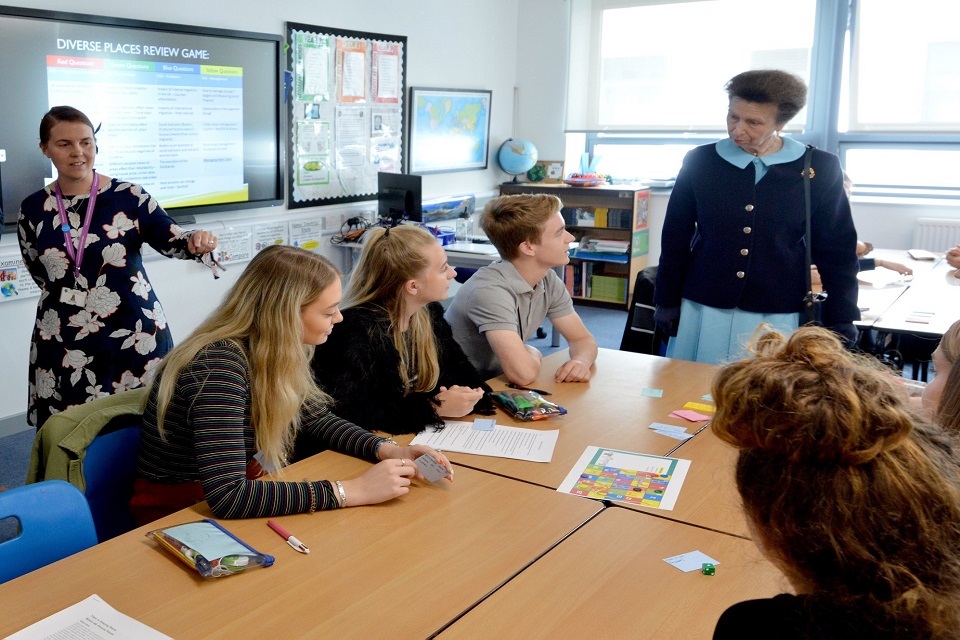- Select a language for the TTS:
- UK English Female
- UK English Male
- US English Female
- US English Male
- Australian Female
- Australian Male
- Language selected: (auto detect) - EN
Play all audios:
Evidence-based practice (EBP) is using the available scientific evidence in making clinical decisions. In the foundation of EBP lies the classification of level of evidence (LOE). This
hierarchical classification in the field of medicine was first reported in the Canadian Task Force on Periodic Health Examination.1 It was later expanded by Sackett2 and thereafter on that
point were several more classifications. Although LOE does not signify a good quality research, practice recommendations are commonly based on it. Systematic reviews of high-quality
randomized controlled trials (RCTs) are considered to be the highest LOE and are generally given the highest grade of recommendation. In a recent article by Harvey _et al._,3 the adherence
of 53 RCTs to the Consolidated Standards of Reporting Trials guidelines was found to be inadequate. It was quite surprising to see the low number of RCTs of physical interventions for people
with spinal cord injury (SCI), published between 2003 and 2013. There is no uncertainty that there are numerous physical interventions available for people with SCI. Then what could be the
possible reasons of such fewer RCTs of physical interventions? Could the low number of RCTs be attributed to the comparatively lower incidence of SCI or to variability in level of injury or
to practical problems such as lack of standardized treatments and ethical constraints for the controls? It would be interesting to study the number of RCTs of physical interventions in other
populations. The more important question to address would be, whether LOE classification needs to be different for physical interventions for people with SCI. Do we really need high quality
and quantity of RCTs to answer critical questions about physical interventions for people with SCI, or is there a need to give study designs such as the cohort, case control and case series
placed low in the hierarchy a better level of recommendation? With the present LOE classifications, it is likely that systematic reviews would be largely inconclusive, and there would be an
overall poor level of evidence of physical interventions for people with SCI. Perhaps, there could be a need to develop a new level of evidence classification system for physical
interventions for people with SCI. REFERENCES * The periodic health examination. Canadian Task Force on the Periodic Health Examination. _Can Med Assoc J_ 1979; 121: 1193–1254. * Sackett DL
. Rules of evidence and clinical recommendations on the use of antithrombotic agents. _Chest_ 1989; 95: 2S–4S. Article CAS Google Scholar * Harvey LA, Glinsky JV, Bowden JL, Arora M . How
well do randomised controlled trials of physical interventions for people with spinal cord injury adhere to the CONSORT guidelines? An analysis of trials published over a 10-year period.
_Spinal Cord_ 2014; 52: 795–802. Article CAS Google Scholar Download references AUTHOR INFORMATION AUTHORS AND AFFILIATIONS * Department of Physiotherapy, School of Allied Health
Sciences, Manipal University, Manipal, India Akash Shah Authors * Akash Shah View author publications You can also search for this author inPubMed Google Scholar CORRESPONDING AUTHOR
Correspondence to Akash Shah. ETHICS DECLARATIONS COMPETING INTERESTS The author declares no conflict of interest. RIGHTS AND PERMISSIONS Reprints and permissions ABOUT THIS ARTICLE CITE
THIS ARTICLE Shah, A. How to grade level of evidence of physical interventions for people with spinal cord injury?. _Spinal Cord_ 53, 249 (2015). https://doi.org/10.1038/sc.2014.235 Download
citation * Published: 23 December 2014 * Issue Date: March 2015 * DOI: https://doi.org/10.1038/sc.2014.235 SHARE THIS ARTICLE Anyone you share the following link with will be able to read
this content: Get shareable link Sorry, a shareable link is not currently available for this article. Copy to clipboard Provided by the Springer Nature SharedIt content-sharing initiative







